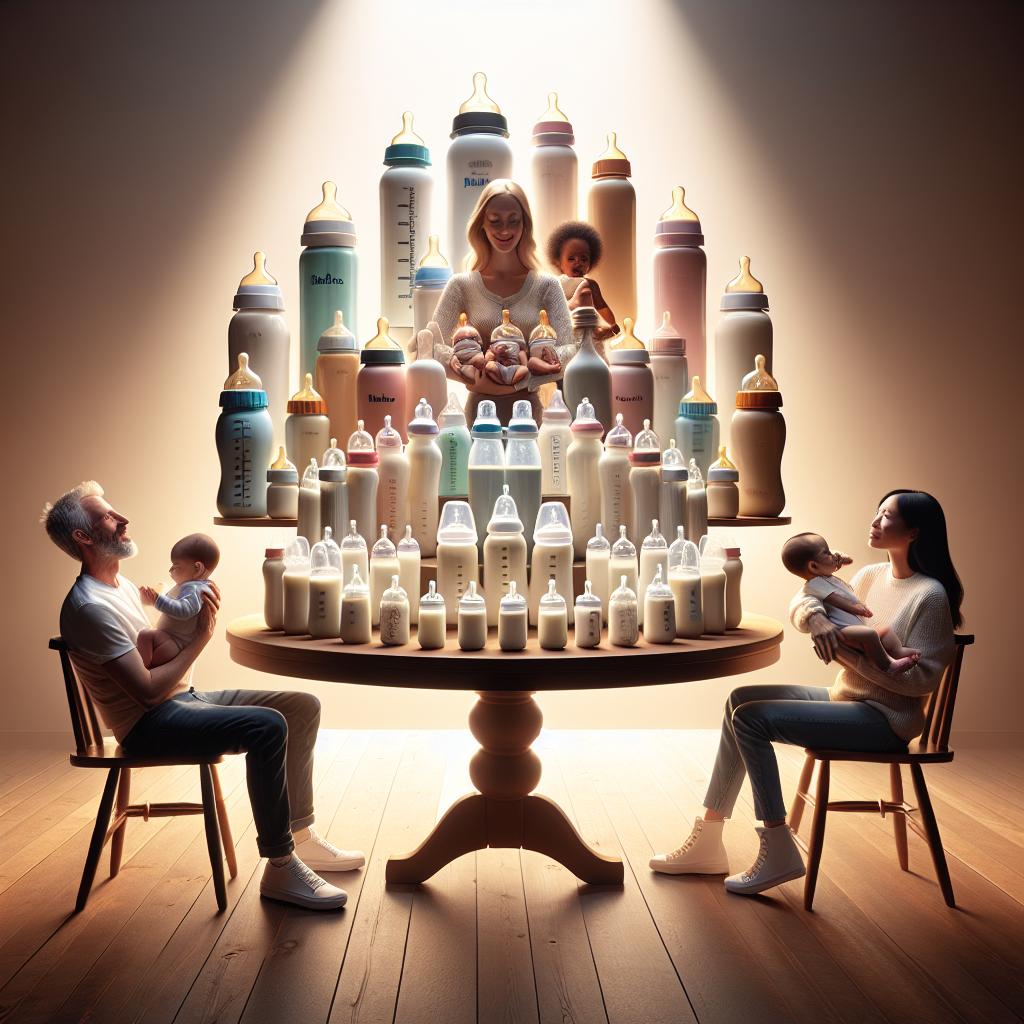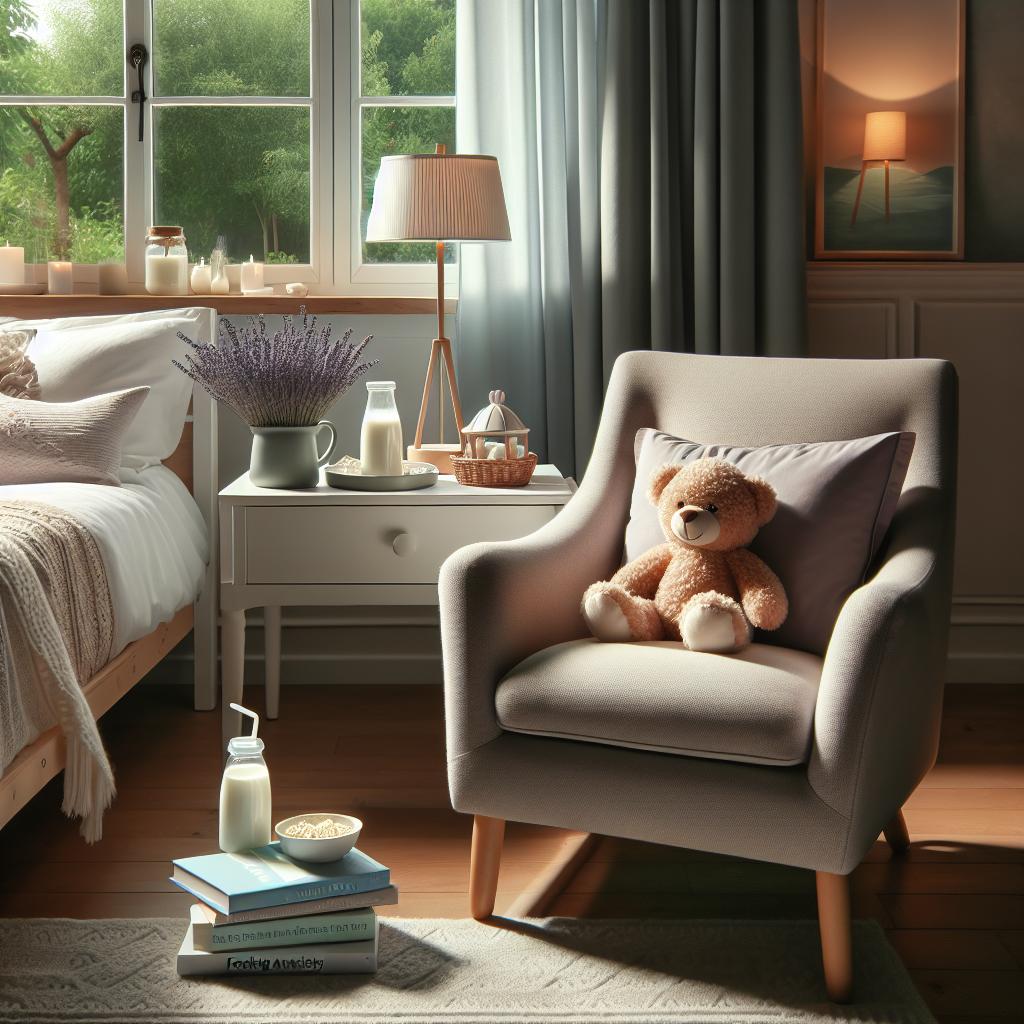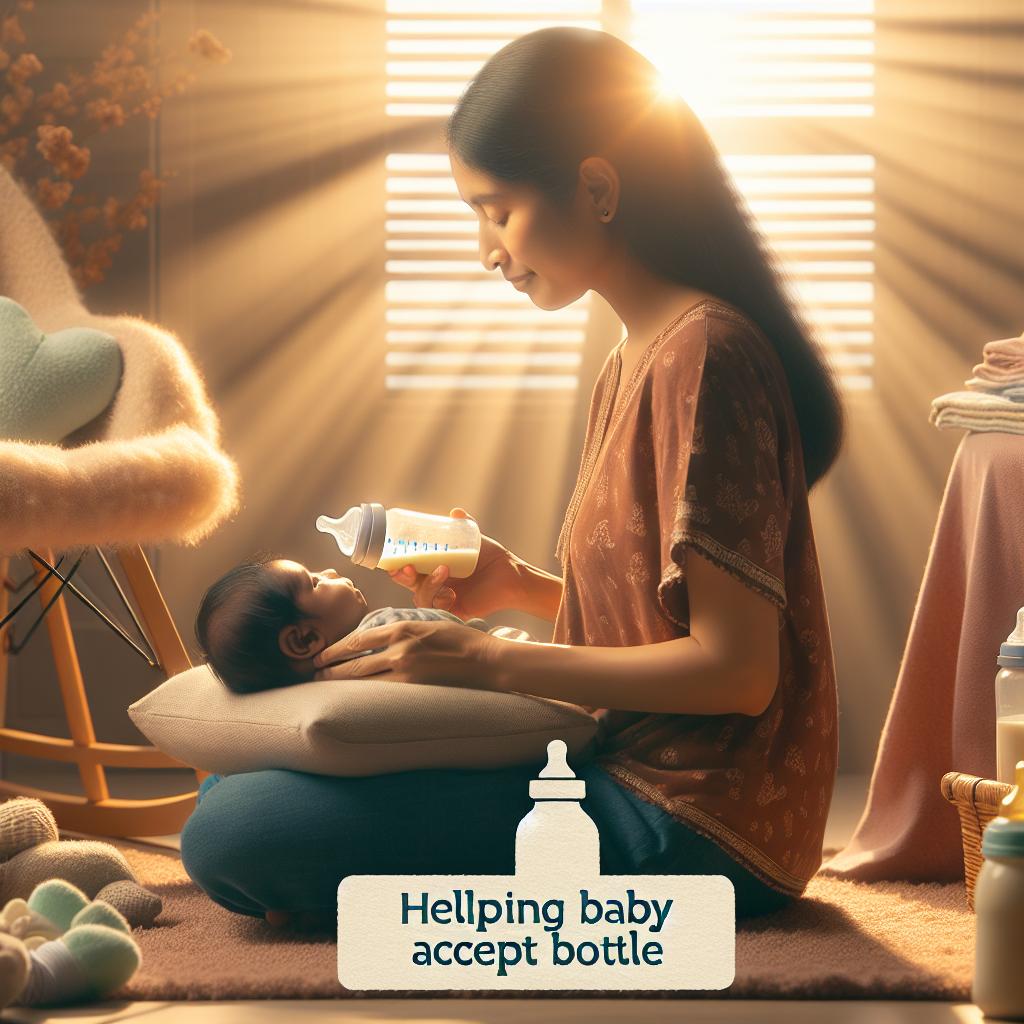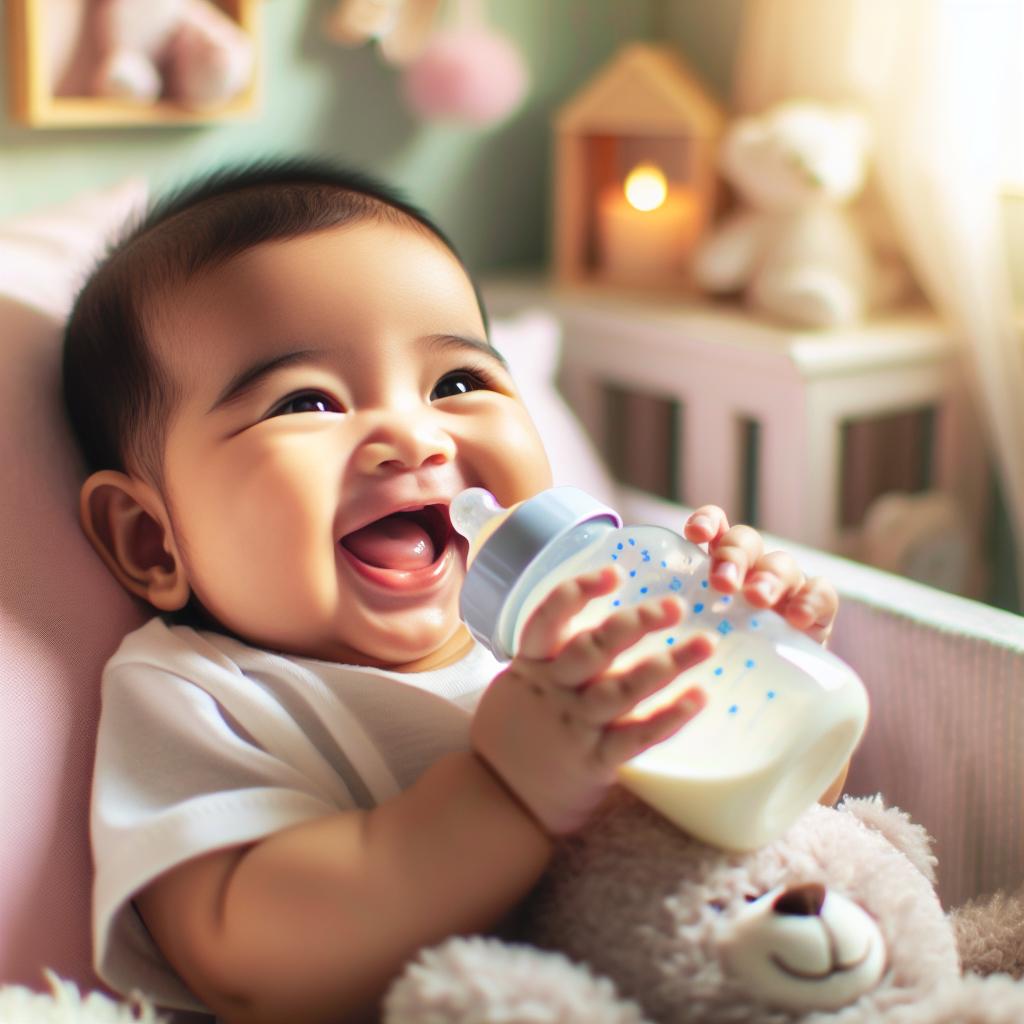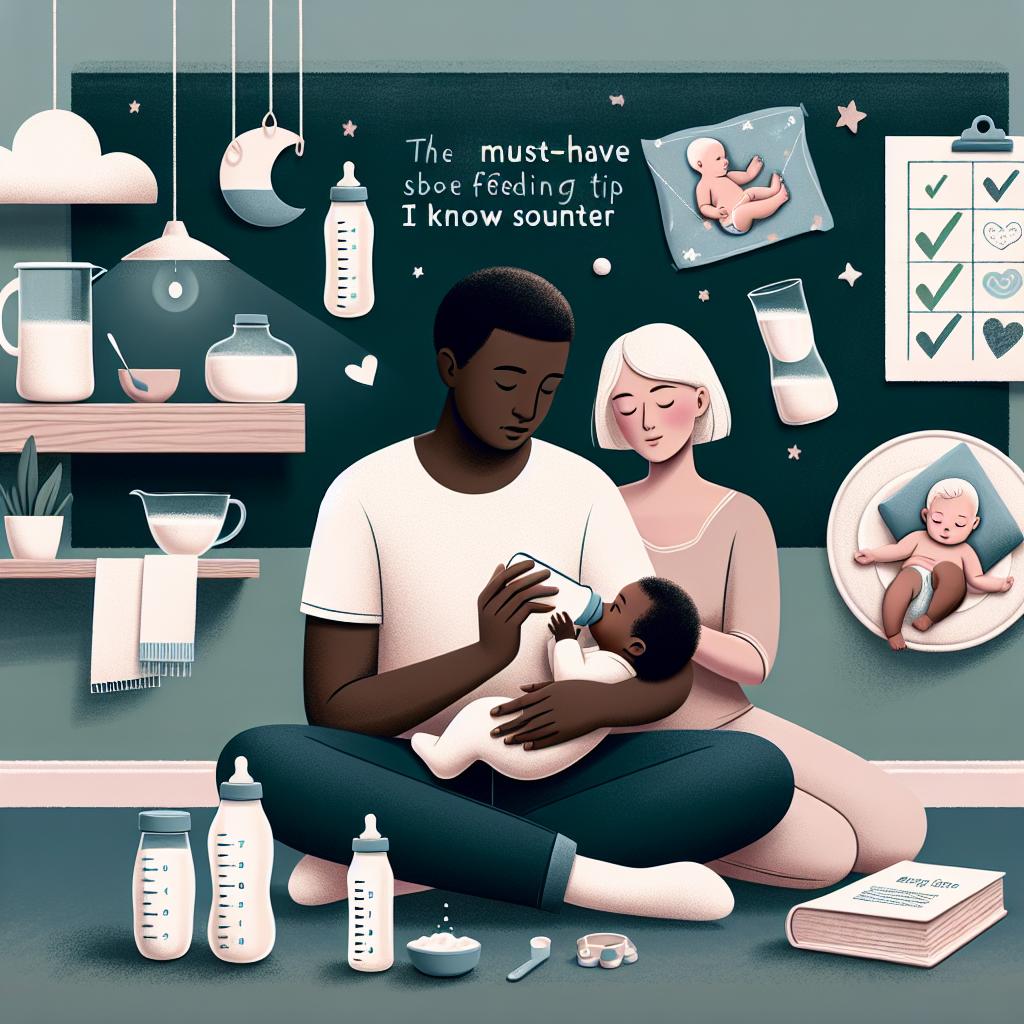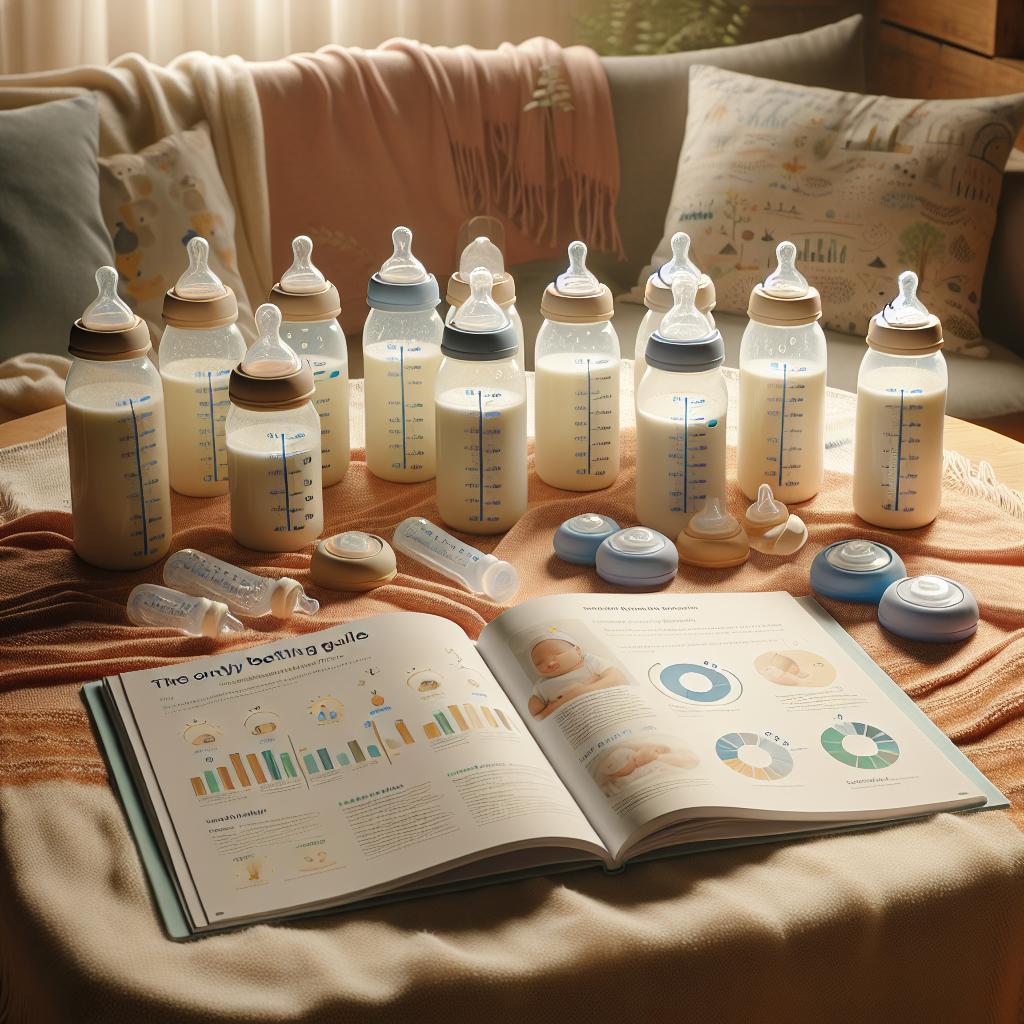Choosing the Best Baby Bottles for Confident Feeding
In the early stages of parenthood, every decision you make for your newborn carries considerable weight. You want to do what’s best for your child, and that includes selecting the best baby bottles for feeding. This decision can significantly contribute to your ability to showcase your parenting skills, especially when it comes to feeding your baby both safely and effectively.
Understanding the Importance of the Right Bottle
The right baby bottle can make a world of difference in your child’s feeding experience. Some bottles are better suited for newborns, while others are perfect for older babies who are learning to hold the bottle themselves. But, how do you determine which bottle is best? The key lies in understanding your baby’s needs. Consider factors like your baby’s age, feeding style, and whether they are transitioning from breast to bottle or bottle to cup.
According to Developmental Science, making the right choices for your child can foster a secure attachment and promote better overall development. This is a compelling reason to spend some time researching and choosing the best baby bottles that align with your child’s specific needs.
What to Look for in a Baby Bottle
- Material: Baby bottles come in various materials, including glass, plastic, silicone, and stainless steel. Each material has its pros and cons. Consequently, you should weigh the options considering your lifestyle, budget, and baby’s health.
- Size and Shape: Baby bottles come in different sizes and shapes. For newborns, smaller bottles are appropriate. As your baby grows older and consumes more milk, you may need larger bottles.
- Nipple Design: The bottle’s nipple design should resemble the mother’s breast to make the transition between breastfeeding and bottle-feeding easier. Furthermore, the flow rate of the nipple should match your baby’s sucking ability.
- Easy to Clean: Baby bottles should be easy to clean and assemble to save you time and ensure your baby’s safety.
To get the best insight on what works for many parents, you may want to read why these bottles are a must-have for new moms
Making the Transition Easier
The transition to bottle feeding can be a challenging time for both parents and babies. Ensuring the bottle you choose closely mimics the natural breastfeeding experience will make the transition much smoother. For instance, bottles with wide-necked, breast-shaped nipples can make a baby more comfortable, especially if you’re planning to interchange between breastfeeding and bottle feeding. The bottles you need for a stress-free feeding experience is a great resource to learn more about such bottles.
Key Takeaways for Choosing the Best Baby Bottles
Choosing the best baby bottles to showcase your parenting skills involves consideration of the bottle’s material, size and shape, nipple design, and ease of cleaning. Importantly, the kind of bottle you choose impacts the comfort and safety of your baby during feeding.
Remember, the goal is confident feeding. Confidence in your decisions as a parent will bring tranquility that your baby can sense. And if your child is relaxed and comfortable during feeding, you have achieved a significant parenting success.
Expert Advice on Bottle Choices
Assuming you’re a first-time parent, the advice of an experienced parent or an expert can be invaluable during the decision-making process. Sites like Your Parenting Mojo and Rachel O’Brien IBCLC provide tips and insights based on years of research and experience.
Recognizing Your Baby’s Reactions
Regardless of your thorough research and calculations, in the end, the best barometer for the efficacy of a baby bottle is your baby. Every baby is unique, and response to various bottles will vary based on factors such as their comfort, feeding pace, or even their mood. If your baby seems satisfied, comfortable, and doesn’t suffer from excessive gas or spit-up after a meal, you may have found the right bottle. Otherwise, be ready to experiment with another bottle recommendation.
Transitioning From Bottle To Cup
This transition is another significant milestone in your infant’s feeding journey. In this transition, the design of your baby’s cup will play a fundamental role. According to Lucie’s List, the shape, size, and ease of use of the cups are deciding factors for fluid transition.
Handling Issues with Bottle Rejection
If your baby reacts negatively towards bottle-feeding, don’t panic. Understanding your baby’s feeding style, catering to their needs, and patience are critical to overcoming this hurdle. You can refer to useful articles such as ‘What to do when your breastfed baby won’t take a bottle’ for additional help and guidance.
Connecting with the Community
You are not alone in your feeding journey. There are multiple communities, both online and periphery, where you can connect, share your experiences, and learn more. Following well-known child psychologists such as Dr. Becky at Good Inside on Instagram can help provide much-needed perspective. Her insights can help you navigate through the challenging, yet rewarding journey of parenthood.
The exposure to various experiences and an understanding of common struggles can provide comfort and confidence in your feeding journey. It’s important to have an open mind, be receptive to new information, and be adaptable based on the needs of your baby.

